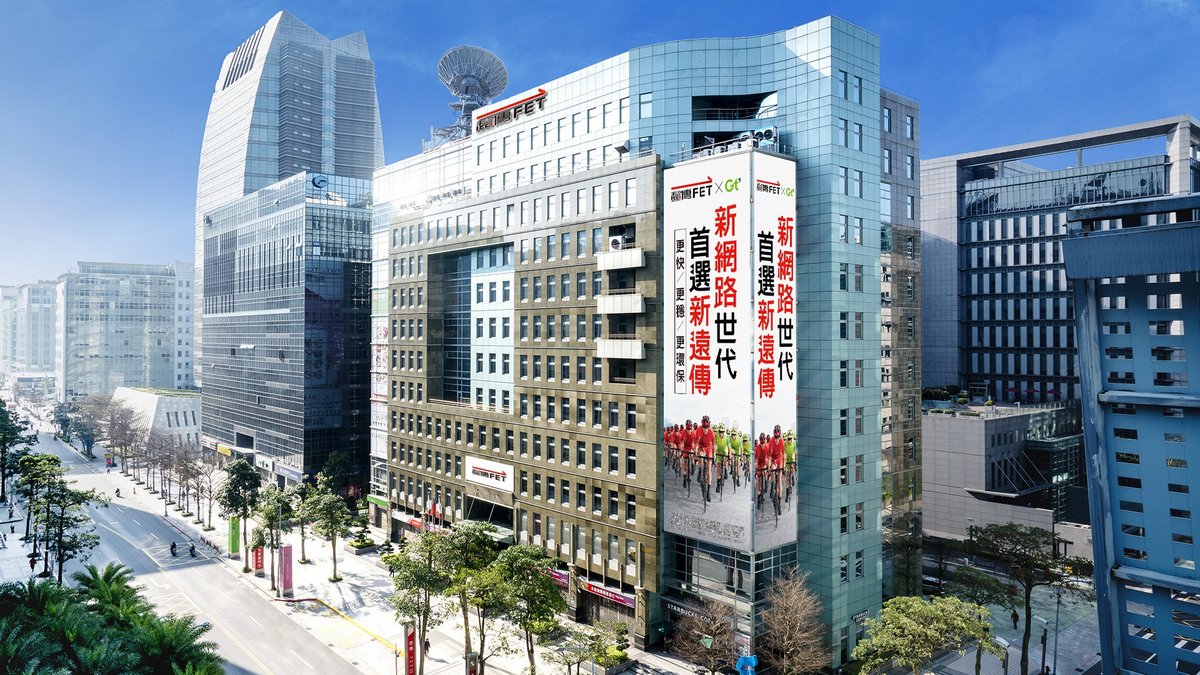FET advances Net Zero goals in partnership with Ericsson
FET implements Ericsson’s Service Continuity AI Apps Suite in its 5G network, achieving an average of 25 percent energy savings and could potentially reduce carbon emissions by 50,000 tons annually.
FET expands its network with 2,300 new sites using Ericsson’s Massive MIMO portfolio, improving coverage and capacity while enhancing energy efficiency by 68 percent.
Taiwan’s Far EasTone (FET) Telecommunications is forging ahead with its Net Zero goals through a strategic partnership with Ericsson (NASDAQ: ERIC). This collaboration fosters a comprehensive sustainable approach to network modernization, focusing on energy-efficient hardware, innovative software, and responsible recycling. Over the past two years, the two companies have recycled more than 500 tons of electronic waste from legacy radios.

GSMA's research indicates that over 70 percent of global mobile network energy consumption is attributed to the radio access network (RAN). Balancing network performance and energy efficiency is crucial for communication service providers (CSPs) with ambitious Net Zero targets.
To address this challenge, FET has implemented Ericsson's Service Continuity AI Apps Suite in its 5G network. This suite automates real-time monitoring, traffic prediction, and performance optimization, achieving an impressive daily average energy saving per site of 25 percent, without significantly impacting user experience. Expanding these AI applications from selected sites to FET’s wide-area network could potentially further reduce carbon emissions by approximately 50,000 tons annually.
Following the acquisition of an additional two million mobile subscribers from Asia Pacific Telecom, FET has added 2,300 sites in the TDD 2600MHz band, utilizing Ericsson's ultralight Massive MIMO radio AIR 3219 equipped with advanced Ericsson Silicon. Compared to legacy radios, this solution could extend coverage by 30 percent, increase network capacity by 50 percent, and potentially expand network capacity by up to 170 percent while enhancing energy efficiency by 68 percent through Multi-User MIMO (MU-MIMO) software functionality. This balances network performance and energy efficiency while reducing operational costs.
Chee Ching, President of Far EasTone Telecommunications, commented, "FET is committed to leveraging Big Data, AI, and IoT for low-carbon operations and digital transformation. By partnering with Ericsson, we have optimized our 5G network using advanced hardware and AI to significantly reduce energy consumption. Additionally, through Ericsson's Product Take-back program, we've achieved a recycling rate of over 98 percent during network modernization. This demonstrates our strong commitment to achieving our Net Zero goal by 2050.”
The Ericsson Product Take-back Program, launched in 2005, aims to minimize the environmental impact of its products at the end of their life cycle and ensure they are handled according to high environmental standards. FET is the first Taiwanese CSP to participate in Ericsson's Product Take-back Program, recycling more than 500 tons of electronic waste from legacy radios since 2022, with less than 2 percent going to landfill.
David Chou, President of Ericsson Taiwan, stated, "It is estimated that mobile network traffic will triple in the next six years, making network modernization critical to break the energy curve. It is our top priority to support our customers in building high-performing networks with a sustainability-driven approach while enabling a circular economy for our society with minimal environmental impact."
FET and Ericsson have maintained a long-term partnership for over 20 years. At Mobile World Congress 2024 (MWC24), they signed a Beyond 5G Memorandum of Understanding (MOU), committing to building a smart, energy-efficient, and resilient mobile network.
Business and Company
News Type
UN SDG
Share
Download
Source
Ericsson








